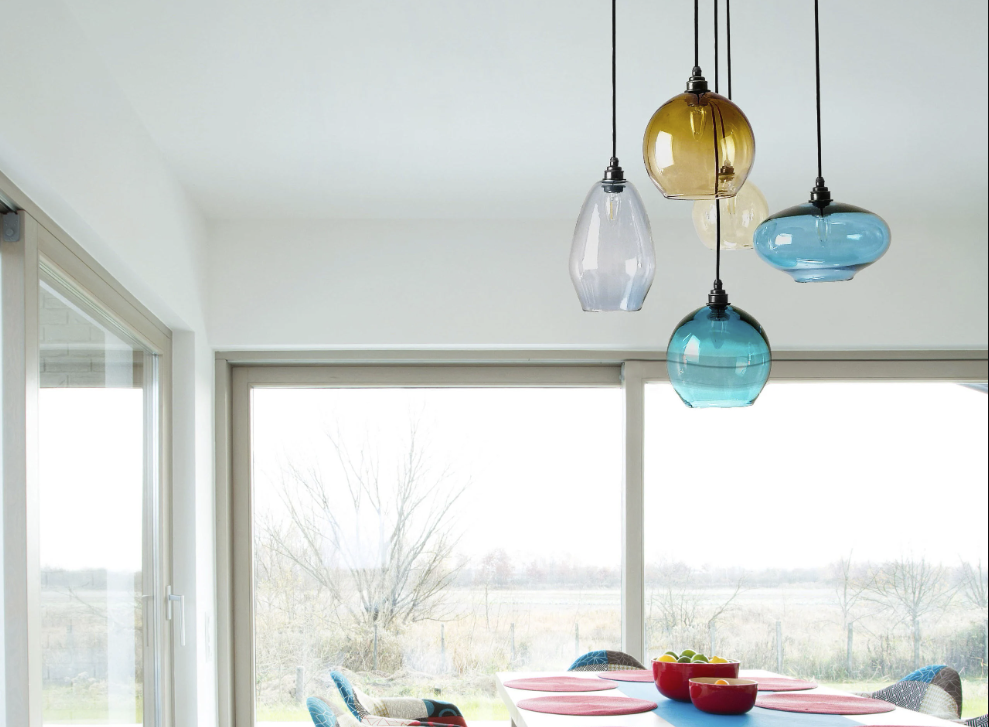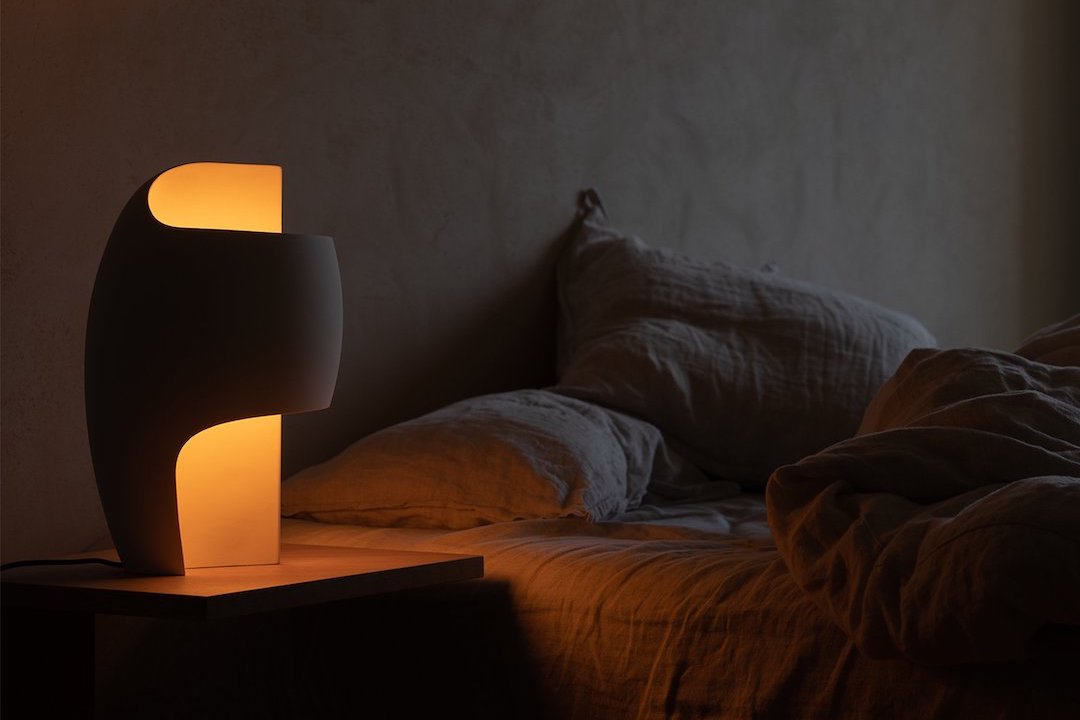Introduction
The art of interior decoration is a dynamic field that constantly evolves with new trends, designs, and technologies. One of the most captivating features in home décor is lighting. Light fixtures, including chandeliers, have evolved from simple designs to elaborate, artistic installations. The sticks chandelier is a unique and stunning work of art that imitates the natural form of branches or twigs. In this article, we explore the historical background, design, installation, and maintenance of this magnificent lighting fixture.
Historical Background
Sticks chandeliers, also known as branch or twig chandeliers, have been around since the early 20th century. They became popular during the Arts and Crafts era when designers and artists were inspired by nature to create furniture and décor pieces that imitated organic forms. The first branch chandelier was created by Serge Roche, a French designer, in the 1930s. His design, which comprised of glass and brass branches and leaves, became an iconic symbol of the Art Deco movement.
The popularity of sticks chandeliers diminished during the post-war era, but they regained their popularity during the 1970s rustic and Scandinavian design movements. Today, branch chandeliers come in a variety of forms, sizes, and materials, from natural branches to sleek metal designs, making them a versatile and timeless piece in interior décor.
Design
Sticks chandeliers are designed to imitate the organic form of branches or twigs. They feature a central stem or pole that supports several branches or arms, each holding one or more light sources. The branches could be arranged symmetrically or asymmetrically, with some designs having an overlapping effect. Some designers incorporate leaves, flowers, or crystals to add a touch of elegance and sparkle.
The materials used in the design of sticks chandeliers vary widely, from natural branches such as birch or willow to synthetic materials such as steel or resin. The choice of material influences the overall style and decor of a room. A natural branch chandelier could blend well with a rustic or country design, while a sleek metal chandelier could complement a modern or contemporary design.
Installation
Installing a sticks chandelier requires careful planning and adherence to safety precautions. The chandelier should be installed by a licensed electrician to ensure that it meets electrical codes and regulations. The weight of the chandelier should be factored in when choosing a location and support structure. Most chandeliers come with a mounting plate or bracket that attaches to the ceiling box. The central stem or pole should be securely fastened to the support structure, and the wiring connected to the electrical box. The branches and light sources could be attached to the central stem according to the manufacturer’s instructions.
Maintenance
Maintaining a sticks chandelier requires periodic cleaning and inspection to ensure that it is in good condition and free from dust or debris. The chandelier should be switched off and allowed to cool before cleaning. A soft cloth or brush could be used to gently wipe the branches, leaves, or crystals. For stubborn stains or dirt, a damp cloth or mild soap solution could be used. Harsh cleaners or abrasive materials should be avoided as they could damage the finish or the material.




